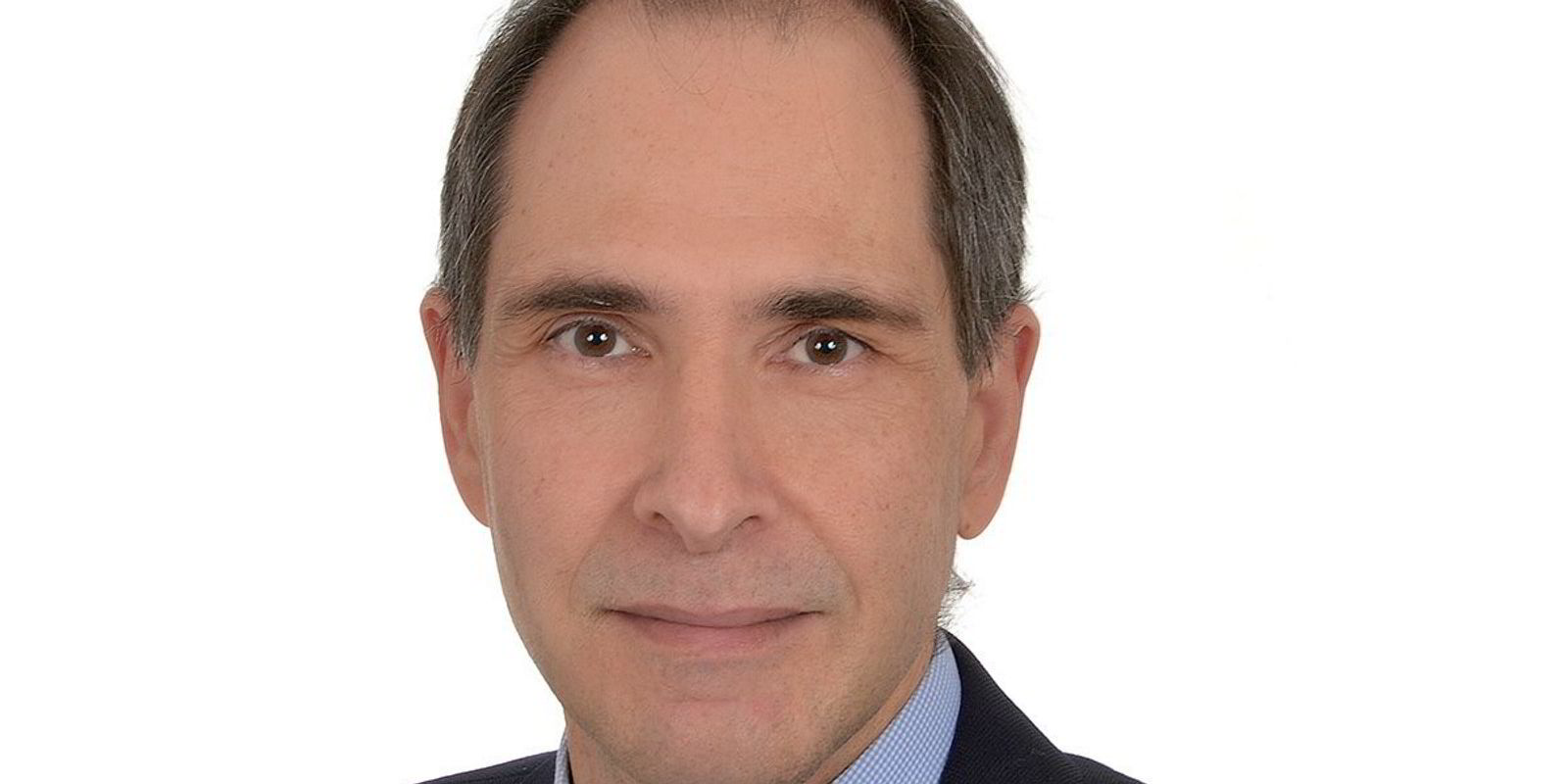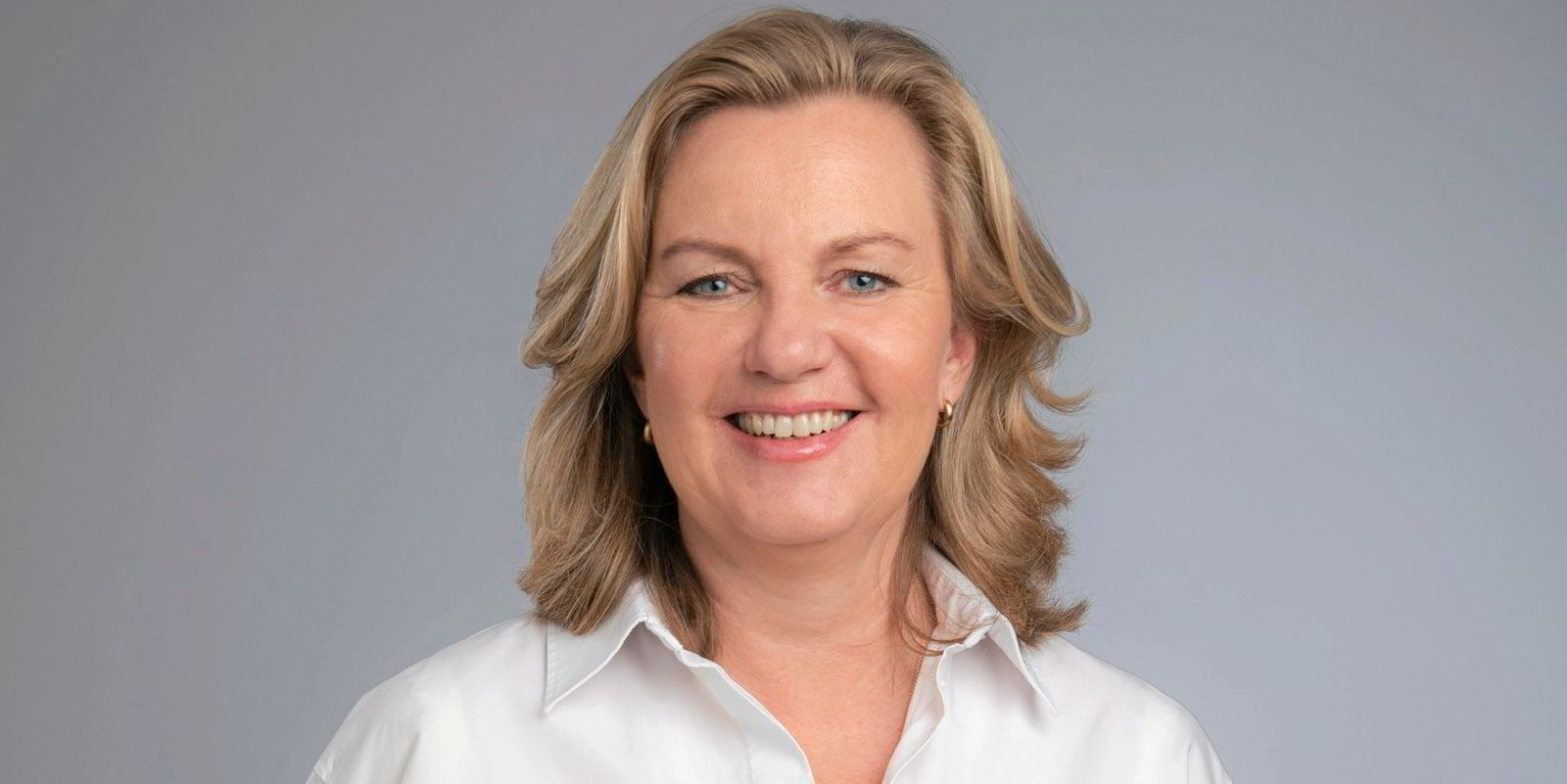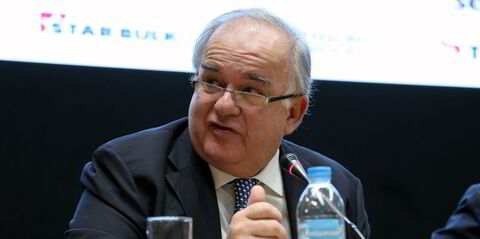Two older Wah Kwong bulk carriers could extend their Carbon Intensity Indicator (CII) rating from D to C all the way to 2030 using onboard carbon capture and storage (CCS), a joint study with Bureau Veritas (BV) and system maker Qiyao Environmental Technology has found.
Qiyao Environ Tec, a subsidiary of Shanghai Marine Diesel Engine Research Institute, designed custom CCS units for the two vessels – the 53,000-dwt supramax Tianjin Venture (built 2009) and 176,000-dwt capesize CSSC Wan Mei (built 2012) – for a feasibility study into extracting CO2 from exhaust gas.
BV has now delivered an approval in principle to Wah Kwong Maritime Transport Holdings and Qiyao Environ Tec following the project which considered retrofit space, operational impact, capital and operating expenses, as well as Europe’s emission trading system (ETS) to assess future investment and revenue expectations.
The CCS units were assessed for levels up to a 30% reduction in CO2 emissions from exhaust gas flow that may be required by CII up to 2030 with the compressed liquid carbon dioxide (LCO2) offtake pumped into storage tanks and cooled to a temperature of -50 degrees.
Japan-based marine sustainable and energy transition manager at Bureau Veritas Marine & Offshore, George Raptakis told TradeWinds in an interview that the project was driven by the desire to find a way to give vessels that would have failed CII from 2025 another five years of lifespan.
“The study shows it [onboard CCS] is feasible and there are thousands of existing ships operating today that are very similar,” he said.
“We have shown it is possible to achieve an immediate cut of CO2 emissions by 30% and this is probably faster than the pace that green fuels are expected to be available and ramped up within a plausible horizon. So onboard CCS is a prominent candidate during the transition.”
The cost of fitting CCS to the Tianjin Venture was put at about $950,000 and $1.2m for the larger CSSC Wan Mei. The set-up includes two towers fitted round the funnel, one to absorb and the other to release the carbon into an organic amine solution which would then be stored in deck-located tanks.
The BV report said analysis of capex and opex, alongside a preliminary analysis of the EU ETS, for the period 2023 to 2030 showed total cost savings for the Tianjin Venture of $304,639 with the ship sailing only in EU waters, but a payback of $6.8m would be possible if LCO2 collected on board is sold. Currently, port reception facilities and other infrastructure for LCO2 trading are not available.
The figures for the CSSC Wan Mei were respectively $554,942 in EU waters and a payback of $11.1 m with selling LCO2. The study included estimated savings from carbon tax reductions under the ETS.
At the moment the cost of capturing carbon would likely be higher than the price of carbon allowances in the EU but is likely to change over time.
Customised design of CCS units would be required to ensure each ship reaches the maximum possible CO2 reduction on an economically viable basis, the report added.
CCS was not initially included in CII although its use has been proposed as an addition to be considered by the International Maritime Organization.
Wah Kwong executive chairman Hing Chao said the owner was taking a “holistic approach to sustainability” in looking at CCS as one of the net-zero solutions currently available.
“We hope this [study] would encourage further studies or advance implementation of the CCS technology,” he said of the approval in principle.
Jianfu Dong, president at Shanghai Qiyao Environmental Technology, echoed the sentiment when he said: “Our hope is that this innovative project will also help spur the development and implementation of CCS technology in shipping more broadly.”
Although a retrofit project driven by the CII regulation, Raptakis said there would be fewer constraints to fitting CCS to newbuilds even with new designs being built ready to burn alternative fuel types.
He added that higher levels of carbon capture would be possible if required by regulations in later years. In laboratory tests, Qiyao Environ Tec CCS units have achieved more than 85% capture.
A similar CCS system to that used on the Wah Kowng capesize is being fitted to an Evergreen 15,000-teu newbuilding due to be delivered later this year in another demonstration project.





